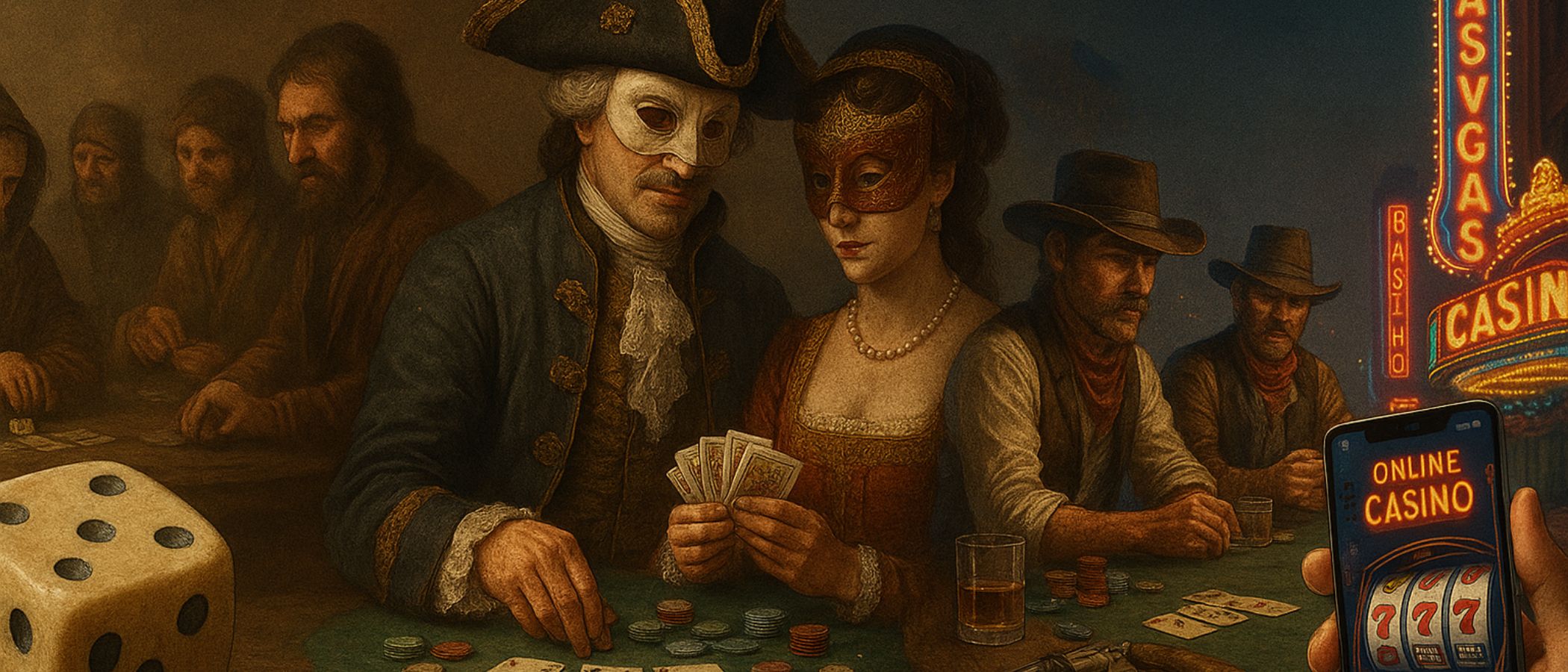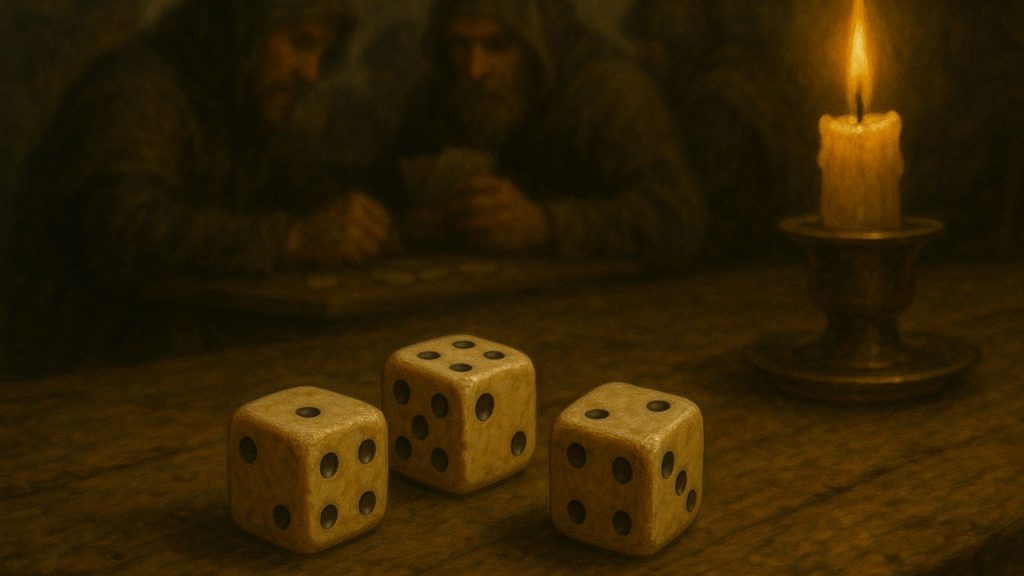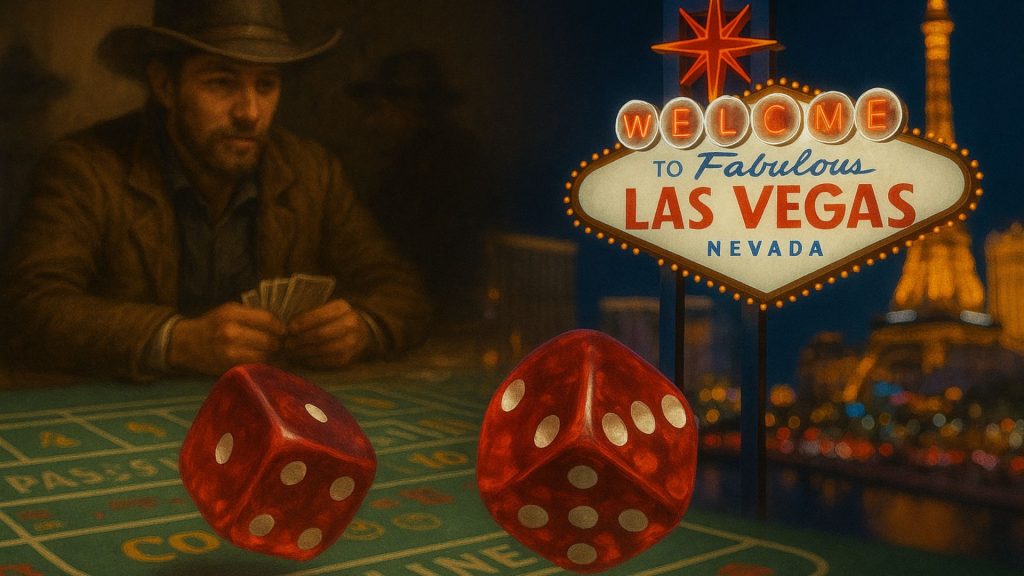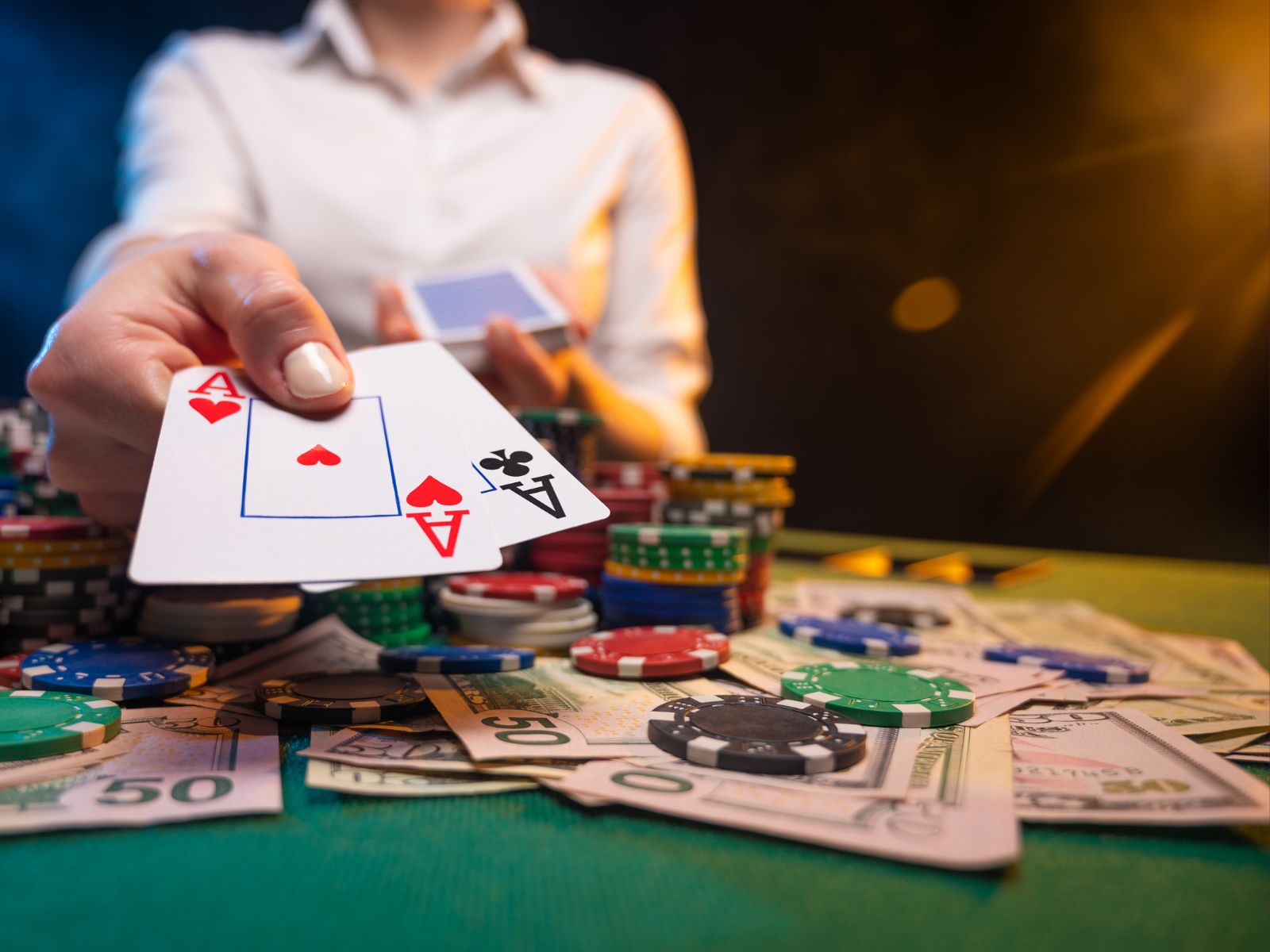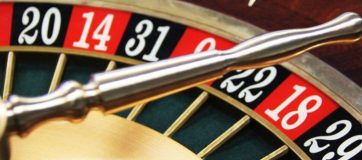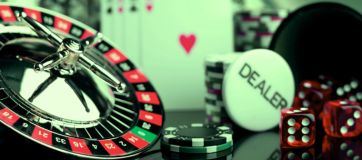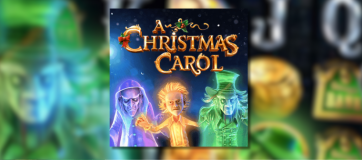Style and Salons: Gambling and the Renaissance
Much like the dice, the years kept rolling onwards, and we stepped into the Renaissance. Everything got a little more stylish – art, science, fashion and, of course, gambling. The public was increasingly becoming more literate and leisure time was less of a rarity (although still pretty hard to come by if you weren’t loaded), so gambling began shifting from taverns to drawing rooms, battlefields to private salons. Now, noblemen could lose their fortunes in style, from the comfort of a velvet chair.
Like most pastimes of the Renaissance, card games were all about the fashion statement. Games went in and out of style, and titles like Primero, Basset and Faro were regulars at the salons. Generally, the ones that stayed the course were the dramatic games that could make or break fortunes with the blink of an eye.
There were two big changes that came along during the Renaissance. The first was the widespread introduction of rules. Not just house rules, but proper structures that governed the games – and meant your losses were much more likely to be enforced.
The second, well, that’s a really big one. In 1638, those fun-loving, more-money-than-sense Venetians opened Il Ridotto – the world’s first government-sanctioned gambling house. Translated as ‘The Private Room’, this early casino was elegant, exclusive and – in true Venetian style – required masks to be worn. If you’re gonna lose your rent money, you might as well do it in style. And anonymously, in case your landlord happens to be at the next table.
More than a casino, Il Ridotto was also a social experiment. For the first time, gambling was taxed and regulated – forming the start of state involvement in what had long been a complete free-for-all. And, of course, the state getting involved meant that there started to be a house – and consequently, a house edge.
